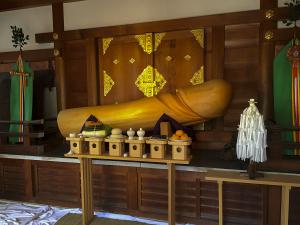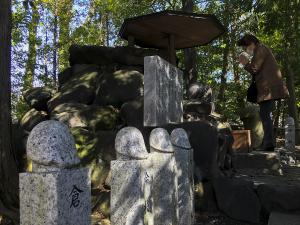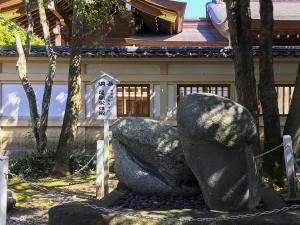- HOME
- Search in the site
- Tagata Jinja Shrine's Honen Festival
Komaki-City Tagata Jinja Shrine's Honen Festival
Date : 03/15/2024
The Honen Festival, held every March 15, has to be one of the rarest festivals in Japan. The festival features a 60-cm-diameter, more than 2-meter-long penis carved from Kiso cypress and placed on a portable shrine. Men at an unlucky age by Japanese superstition carry the portable shrine on their shoulders from its home to Tagata Jinja Shrine, where prayers are offered for a bountiful cereal harvest, universal development, and fertility.
As the old haiku states, "From the pastures to the mountains, All who come leave with smiles, From the Tagata Festival." People from all over—many from abroad coming out to see this unusual festival—can't help but smile.
The Honen Festival's portable shrine is designated an intangible folk cultural property of Komaki City by the Komaki City Board of Education.





























 Keyword
Keyword








